Rashtrapati Bhavan's Mughal Gardens Will now be Called 'Amrit Udyan'; A Look at its Rich History
The iconic Mughal Gardens at the Rashtrapati Bhavan in Delhi will now be called 'Amrit Udyan'.
The celebrated Mughal Gardens, which boasts over 150 varieties of roses, tulips, Asiatic lilies, daffodils and other ornamental flowers, is a horticultural paradise in the sprawling premises of the Rashtrapati Bhavan and is spread over 15 acres.
)
The Mughal Gardens at the Rashtrapati Bhavan in the national capital will now be known as the 'Amrit Udyan'.
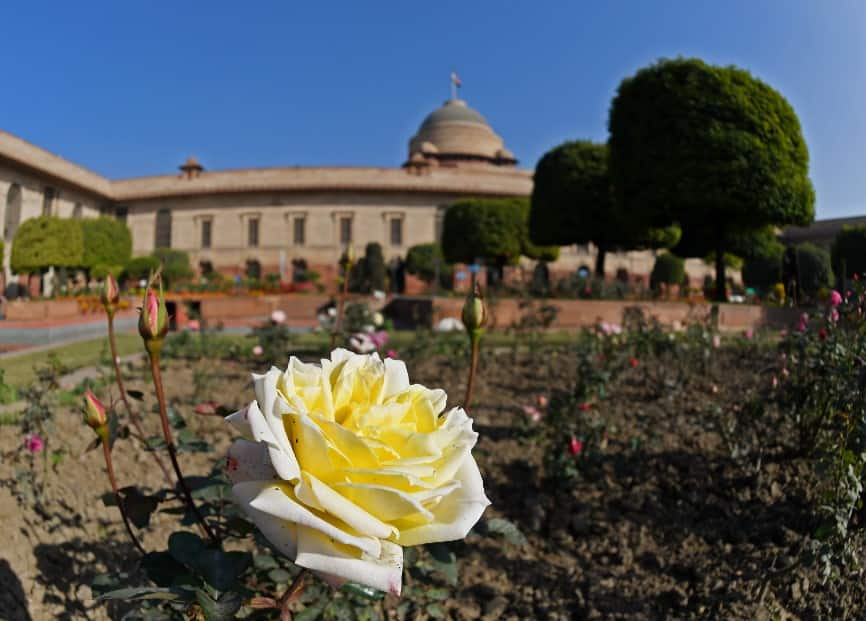
The Mughal Gardens is a horticultural paradise in the sprawling premises of the Rashtrapati Bhavan and is spread over 15 acres.
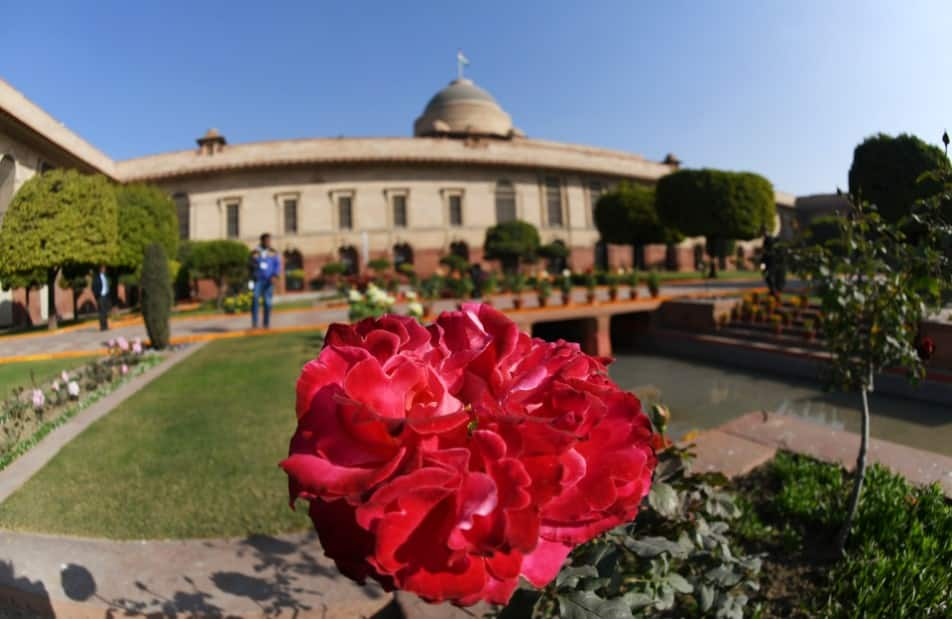
The history of the famed Mughal Gardens of the Rashtrapati Bhavan is as rich as its scented stocks of flowers and intertwined with the creation of the President's House (originally built as Viceroy's House), designed by architect Sir Edwin Lutyens.

Sir Edwin Lutyens had finalized the designs of the Mughal Gardens, now Amrit Udyan, as early as 1917. However, it was only during 1928-1929 that planting was done.
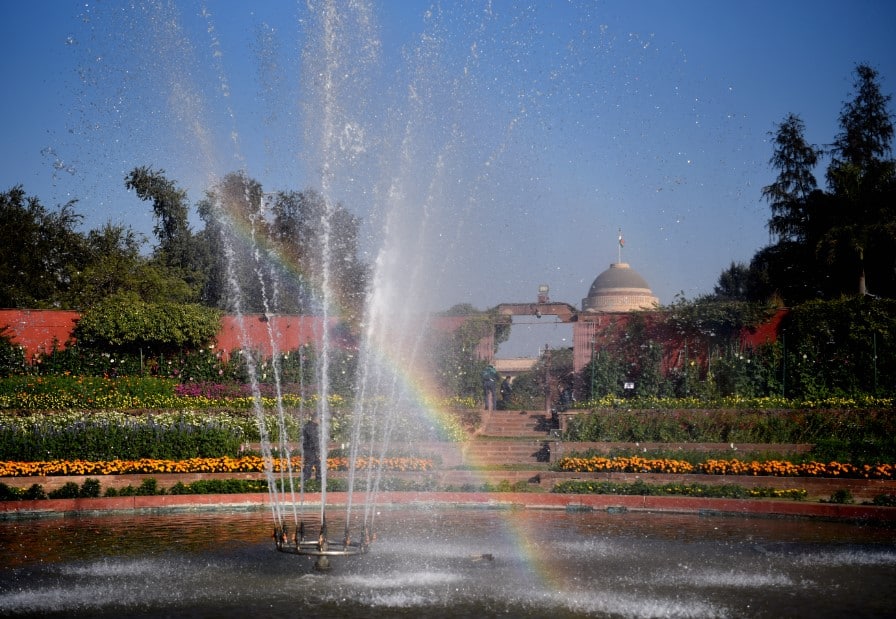
Sir Lutyens brought together two different horticulture traditions together for the gardens, the Mughal style, and the English flower garden. It is similar to the building of Rashtrapati Bhavan, which has two different styles of architecture -- Indian and western.
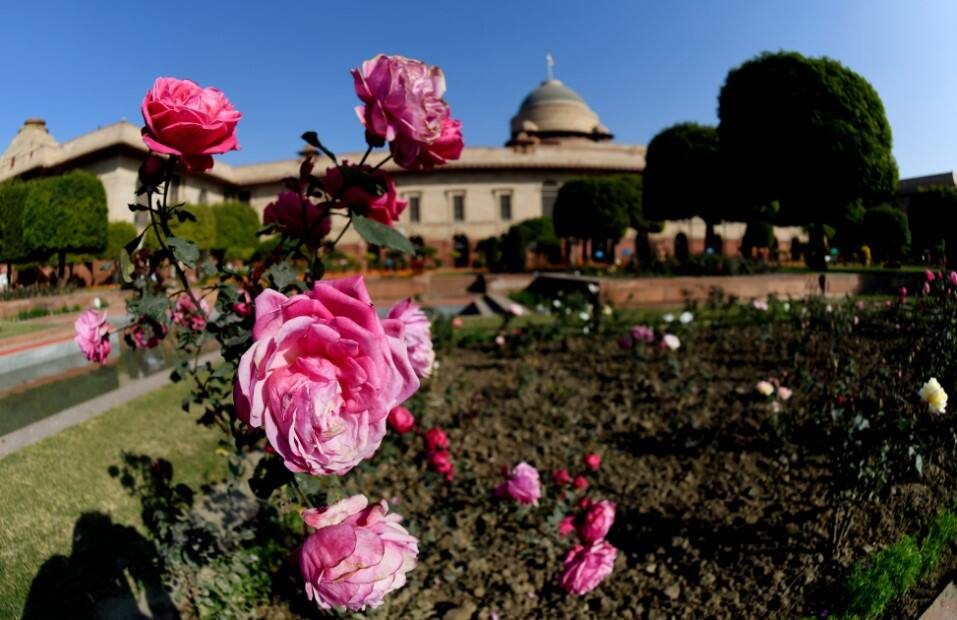
The Mughal Gardens have often been portrayed as the soul of the Presidential Palace. They draw their inspiration from the Mughal Gardens of Jammu and Kashmir, the gardens around the Taj Mahal, and even miniature paintings of India and Persia.
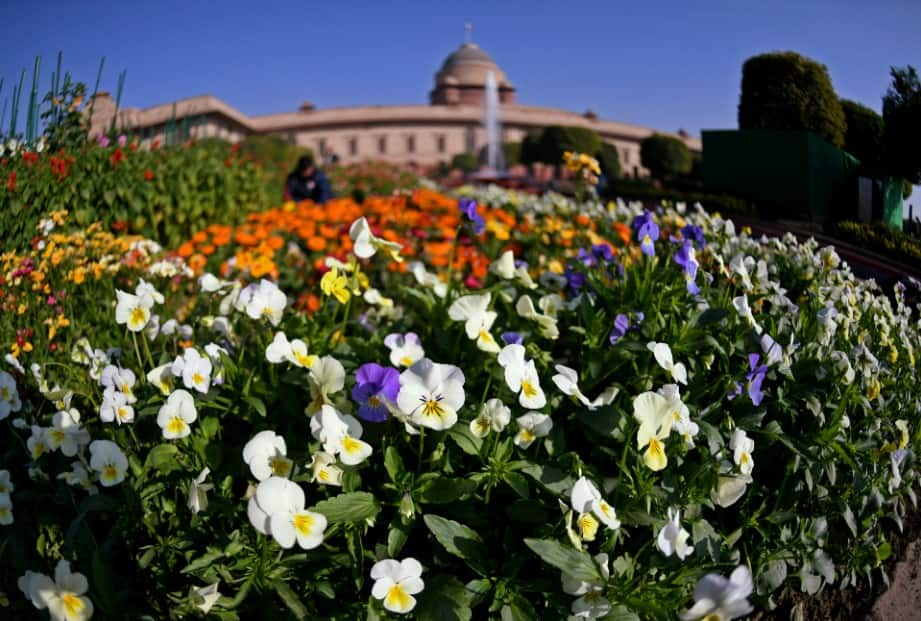
The iconic Mughal Gardens are open to the public once a year. This year, people can visit it from January 31.
Rose remains a key feature of the Mughal Gardens. The Gardens boasts of growing 159 celebrated varieties of roses which blossom primarily in the month of February and March.
They include Adora, Mrinalini, Taj Mahal, Eiffel Tower, Modern Art, Scentimental, Oklahoma (also called black rose), Belami, Black Lady, Paradise, Blue Moon, and Lady X.
Apart from roses, tulips, Asiatic lilies, daffodils, hyacinths and other seasonal flowers beautify the Mughal gardens of Rashtrapati Bhavan. There are more than seventy varieties of seasonal flowers including exotic bulbous and winter flowering plants.
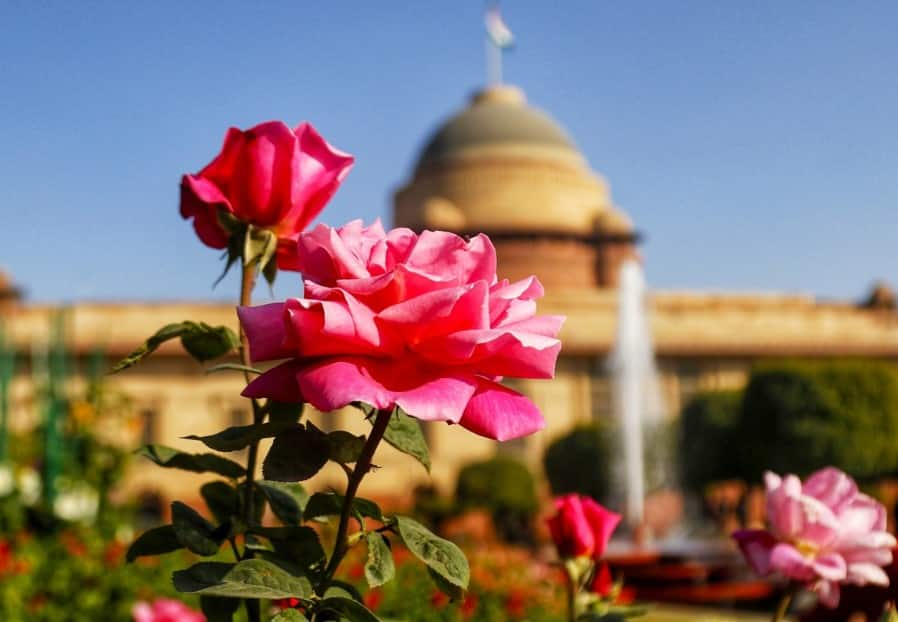
The Mughal Gardens also include roses named after people of national and international fame such as Raja Ram Mohan Roy, Jawahar Lal Nehru, Mother Teresa, Abraham Lincoln, John F Kennedy, Queen Elizabeth, Christian Dior amongst others.
Arjun and Bhim, from the Mahabharata, also find a place in the presidential palace.
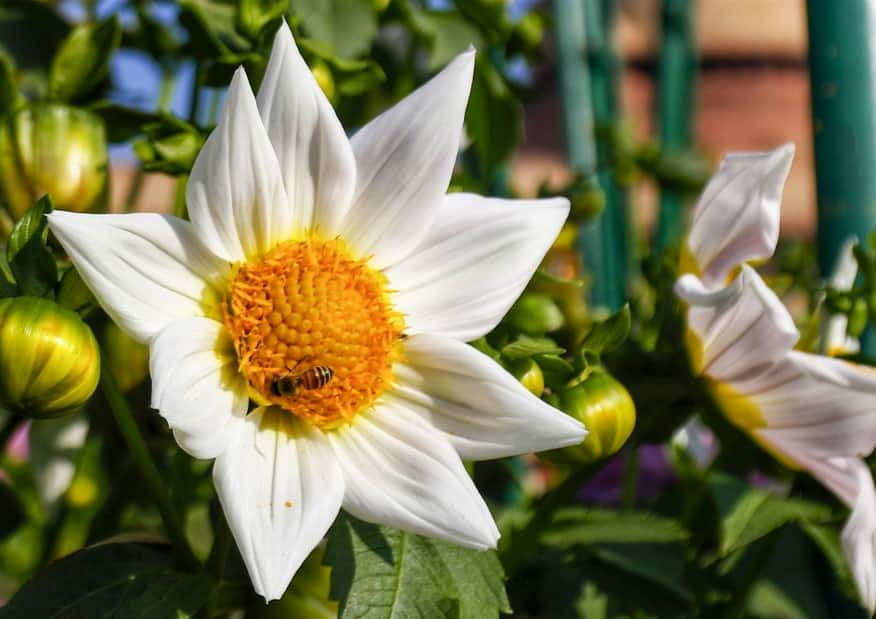
The Mughal Garden also grows 60 of the 101 known types of bougainvilleas. Edging and flowering of flower beds are done with alyssum, daisies, pansies, etc.
The grass that covers the garden is the doob grass, which was originally brought from Calcutta (now Kolkata) when the Mughal Garden was being planted.
The Garden has almost 50 varieties of trees, shrubs, and vines including the Moulsiri tree, Golden Rain tree, flower-bearing Torch Tree, and many others.

